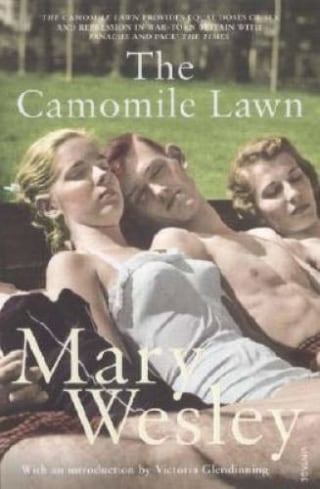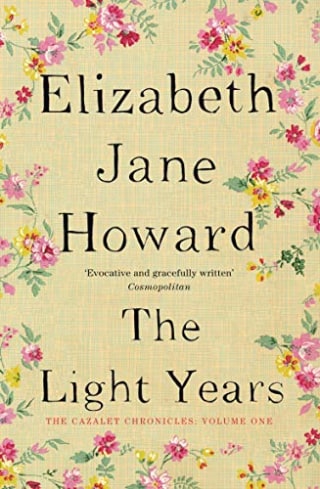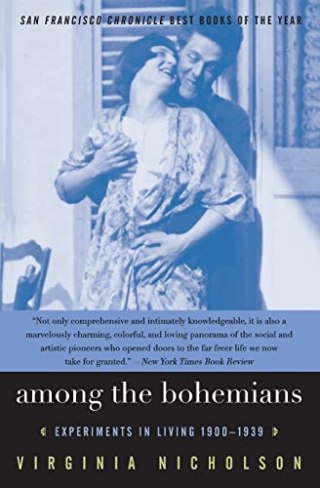With its intricate plot and vivid imagery, Jenna Bush Hager said she “couldn’t believe her October Read with Jenna pick was a debut novel.
“The Whalebone Theatre” by Joanna Quinn spans decades, following orphan Christabel from her aristocratic childhood in the early 20th century to her time spent in espionage during World War II.
"I was underlining things. It just says so much about where we find hope and love amid our darkest times," Jenna told TODAY.
At over 400 pages, “The Whalebone Theatre” explores the nature of sibling relationships, the idea of growing up and reaching back for childhood, the creative process and the intersection of history on individuals' lives.
Speaking to TODAY, Quinn said the book was inspired by trips to large manors near where she lives on the Dorset coast.
“I've always been one of those people that if I see a big country house open to the public, I will go and look around. I love imagining what it would have been like, but I'm not the kind of person who would ever end up living in one of those houses. So I knew that if I was going to write about them, I wanted to write about it from the point of view of someone who doesn't really fit in,” she said.
If "The Whalebone Theatre" has you interested in reading more books touching on its themes, from siblinghood to country houses, Quinn recommended five more books that are a perfect follow-up to her own.
'I Capture the Castle' by Dodie Smith
Like Quinn did with "The Whalebone Theater," Dodie Smith made her debut with the novel “I Capture the Castle." 17-year-old Cassandra Mortmain is an unforgettable narrator, writing about the events of six life-changing months in her journal. Her family is practically penniless but living in a grand castle. Amid all this, Cassandra yearns for a romantic life of her own, as does her older sister Rose (who specifically wants a Jane Austen-worthy plot line). Together, they find romance in the world around them.
'The Camomile Lawn' by Mary Wesley
The 1984 novel “The Camomile Lawn” by Mary Wesley shares a focus with “The Whalebone Theater.” Wesley’s novel begins in the fleeting moments of peace before World War II during a family summer holiday in Cornwall. The book follows five cousins from the last summer of their youth through tales of love and loss, family and wartime. “The Camomile Lawn” bounces from Cornwall to London and back again throughout the years, painting a lively, human picture of these cousins’ lives with warmth and wit.
'Charlotte Gray' by Sebastian Faulks
“Charlotte Gray” is the story of a young Scotswoman who comes face-to-face with Europe’s darkest years. Charlotte develops strong feelings for a RAF pilot. When when he fails to return from a flight into France, she is determined to find him. Along the way, Charlotte is forced to confront a terrifying secret that leads to her involvement in the effort to liberate occupied France from the Nazi regime.
“The Light Years” by Elizabeth Jane Howard
"The Light Years" opens on a large English family gathering together in the countryside for lavish summers of picnics and games. The members of the family, especially the oldest sons who served in World War I, are desperate to ignore the incoming storm of another war. In carefully crafted vignettes, Howard manages to convey the human essence of each of her many characters, creating a realistic, poignant portrait of a family running from World War II — and headed straight for it.
“Among the Bohemians” by Virginia Nicholson
Virginia Nicholson — granddaughter of painter Vanessa Bell and great-niece of Virginia Woolf — explores the bohemian artistic community that emerged in England in the early 20th century. Nicholson combines research with anecdotes and snapshots of bohemian life, creating entertaining and interesting depictions of artists' lives in the period from 1900 to 1939, the same period that so many of author Joanna Quinn’s book picks exist in.





